There is undoubtedly a rise in companies making questionable claims about their emissions reduction. This brand of carbon confusion is designed to give the impression that the products they make either aren't contributing to emissions in the atmosphere or are helping to reduce them through techniques such as offsetting. A carbon offset refers to a credit earned by one party for reducing their emissions, which can then be sold to another party to compensate for their emissions. Carbon offsets are traditionally calculated in tonnes of CO2 equivalents. The exchange can be made through international brokers, online retailers, and trading platforms like Verra, which we will discuss below.
A Verra-fied Problem
Recently, The Guardian, DieZeit, and SourceMaterial published the results of a 9-month-long investigation into Verra, the world's leading credit certifier used by major corporations like Disney, Shell, Netflix, and Gucci. This investigation revealed that 90% of the rainforest offsets issued are "largely worthless” and may worsen global heating.
This investigation revealed that a staggering 89 million tons of CO2 have been registered as “ghost certificates” in the carbon compensation market – a term often used to describe credits created from projects that are unlikely to reduce carbon emissions because they are poorly monitored and unverifiable. This number only refers to the one-third of projects verified by Verra, so the extent of the uncovered certificates is likely to be even greater. Gucci, which claims to be carbon neutral throughout its operations and supply chains, is one of the companies affected by these ghost certificates. According to the investigation, the credits purchased through Verra, which play a major role in claiming carbon neutrality, are primarily from unverified forest preservation projects. Similarly, Netflix's emissions have increased, and these forest conservation credits have largely offset them.

The journalists from the investigation analyzed these results more closely. As published in The Guardian, they found that in 32 projects where it was possible to compare Verra’s claims with the study finding, baseline scenarios of forest loss "appeared to be overstated by about 400%. Three projects in Madagascar have achieved excellent results and have had a significant impact on the above figure. If the projects in Madagascar are not included, the average inflation is about 950%"
Tree Talk
It has become clear that carbon offsetting schemes have gone off the rails. Ondřej Kolařík, the co-founder of Arbo Technologies - whose technology streamlines data collection on trees in urban centres, is leading the charge against exposing the fragility of offsetting. He explains that certification agencies such as Verra are paid by the project issuers, making it difficult for them to provide an unbiased assessment of the offsetting carbon project. “The problem with Verra, and with all these certifications agencies, is that the project issuers pay them,” says Ondřej, “So when you want to start an offsetting project, you pay to be certified. And they are incentivized to certify them because they pay the bill.”
So, who is verifying the verifiers?
We spoke to Elias Ayrey, a remote sensing scientist who, until recently, worked for a San Francisco start-up that provides companies with certificates from forest conservation projects. The majority of the projects he assessed were accredited by Verra.
Elias is one of the few people in the industry willing to share the downsides of offsetting, which is precisely why we wanted to talk to him. Along with a team of scientists, conservationists, and data scientists at Renoster, they utilize an open scientific rubric to provide transparent reviews of offset options to provide companies with tangible and high-quality offsets. According to Elias, while recalculating the project data, it became clear that Verra had created a system "in which there was systematic manipulation."
“It's like doping [in sports],” he said to DieZiet, “Three people dope, so everyone has to dope. And everyone knows about it."
Leaked EU Directive on Green Claims
The offsetting market is a new industry that has snowballed; It is in high demand and is highly unregulated. “It’s an industry where everyone is looking to make a quick buck out of it,” Elias told us, “There is no regulation, so it's very easy to start a new project and tailor it to make everyone happy. If the project is not certified, whether it is low quality or bogus, you can still sell the cheap offsets, and the big companies buy them, claiming carbon neutrality, all for a very low cost.”
According to Elias, for offsetting to work, we need a consensus across the reforestation and preservation sites and a focus on the areas with data standardization.
According to a recently leaked directive from Brussels, the EU is about to crack down on offsetting schemes, and the messaging and data collection around offsetting will soon be regulated.
From the proposal: “Climate-related claims have been shown to be particularly prone to being unclear and ambiguous and to mislead consumers, amounting to greenwashing. This relates notably to environmental claims that products or entities are ‘climate neutral’, ‘carbon neutral’, ‘100% CO2 compensated,’ or similar. Such statements are often based on “offsetting” of GHG emissions through “carbon credits” generated outside the company’s value chain.”
The proposal goes on to state that "the methodologies underpinning offsets vary widely and are not always transparent, accurate, or consistent. This leads to significant risks of overestimations and double counting of avoided or reduced emissions. It is deemed appropriate to address climate-related claims based on offsets in a more transparent manner."
In or Out? What Companies Need for Accurate Emission Reduction
To truly reduce their carbon impact, companies need to proactively seek sustainable solutions that prioritize transparency, accountability, and measurable results. Here are a few ways to start:
Carbon Insetting: As we have mentioned before, 90% of a company’s emissions are produced in its supply chain. Carbon insetting is a smart alternative to the traditional offsetting system. This is when instead of focusing on reducing impact outside of a company’s operations, it allows them to drive tangible reductions within their supply chains to positively impact the communities, landscapes, and ecosystems where the majority of their direct impact occurs. In order for insetting to work properly, it requires a few more steps to drive companies to map their supply chains, and with the new EU proposal on Green Claims, they will need digital solutions to get them compliant in time.
Incentivized structural change: We aren’t suggesting giving up entirely on offsetting, but the current system needs an overhaul. First, organizations or governing bodies should be incentivized to find problems rather than sign off on unsubstantiated credits. Currently, all hands in the offsetting process to conserve a forest and give out credits are incentivized –even the official verifiers– to sign off on more credits. A step in the right direction would be to follow a structure similar to Google's bug bounties (Google and Alphabet Vulnerability Reward Program:VRP). There should be people in the loop who are getting paid to say, “there's something wrong here,” to be paid per flaw, not per credit, where the only ones verifying the rules are the verifiers themselves.
Peer-revision: According to Elias, and we agree, the research around offsetting should be peer-reviewed and scientifically driven. “There should never be a project that makes its own maps or claims,” says Elias, “Where is the universally accepted Nature paper that has a map that everybody can refer to and assess accuracy? This isn’t a panacea, but it makes things more rigorous.”
Next Steps
We have all heard the various terms around green claims, such as "net-zero," "carbon-neutral," "carbon-negative," and "carbon-positive." And many of these terms are associated with offsetting. While organizations and countries have declared their intentions to reach net zero, 194 nations have offered commitments to reduce their emissions in 2021, and offsetting has always played a big part. But, it’s important to note that a statement of intent is not the same as a legally binding regulation.

While offsetting can play a role in reducing emissions, a hard look into a company’s current offsetting portfolio should be considered to avoid potentially inaccurate or misleading projects. Simultaneously, to stick to the global net zero targets, we must rally behind accurate methods of calculating carbon emissions and push for internationally agreed-upon standards. This calls for clear and enforced regulations to ensure reliable calculations and avoid carbon-washing, whether through carbon offsetting or dubious carbon impact calculations in a supply chain. A data-driven approach to tackling this challenge is essential. Digitization and holistic data systems are crucial to facilitate collaboration across industries, regions, and companies for transparent, accurate, and consistent results.
Request a demo with Arbor's carbon experts and measure your carbon accurately
Measure your carbon emissions with Arbor
Simple, easy carbon accounting.




.webp)
%20Directive.webp)
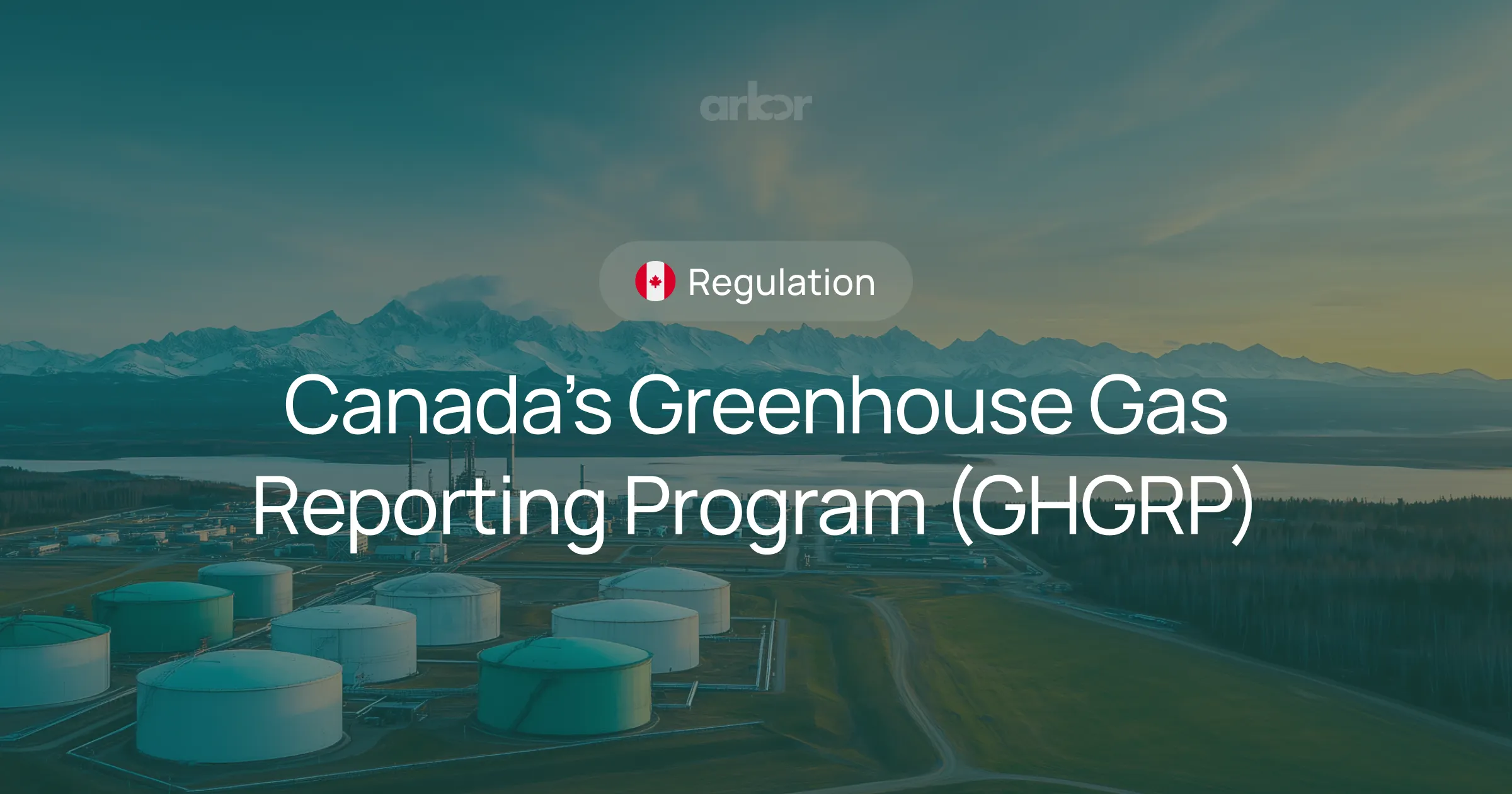

.webp)
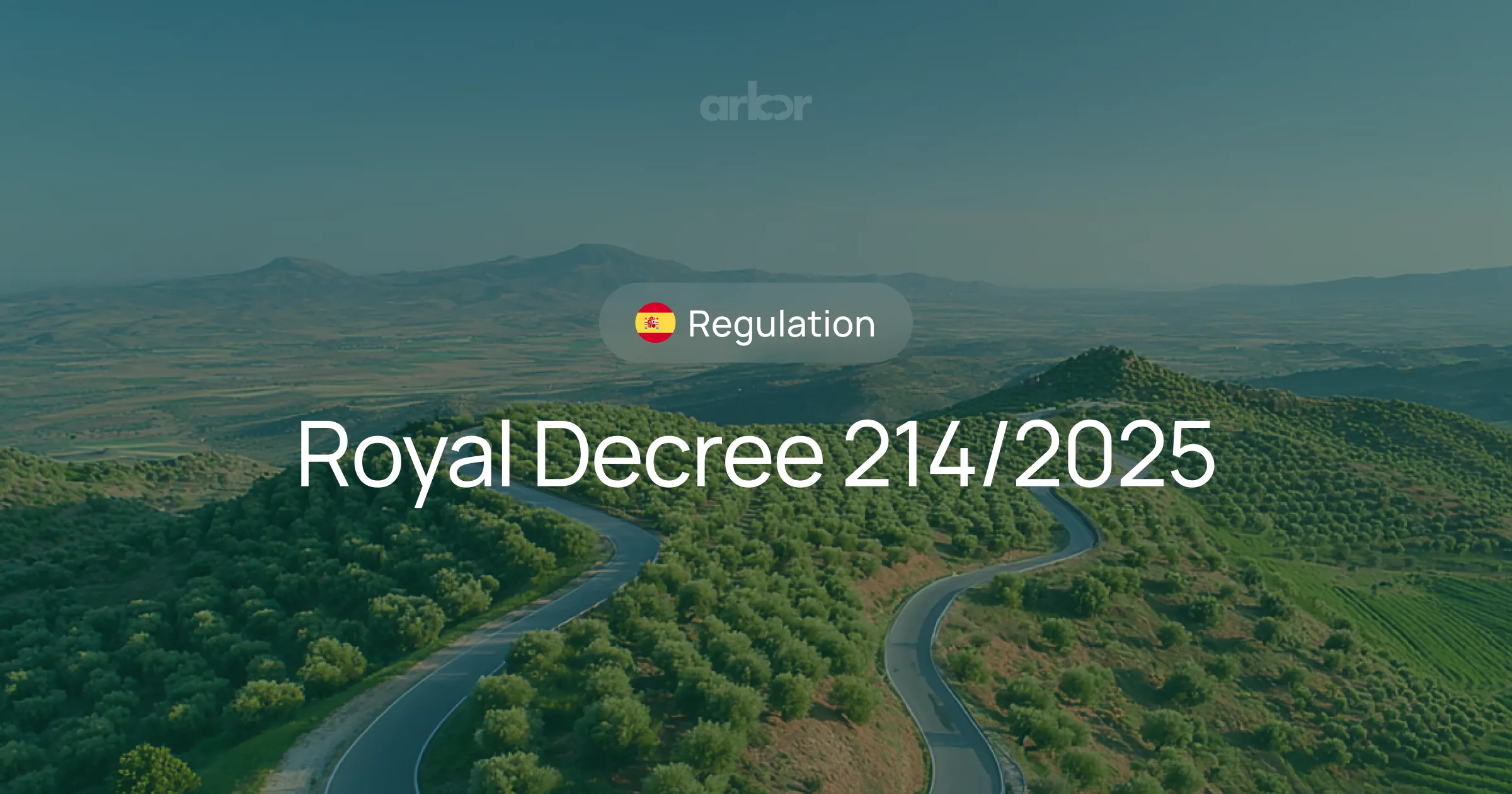
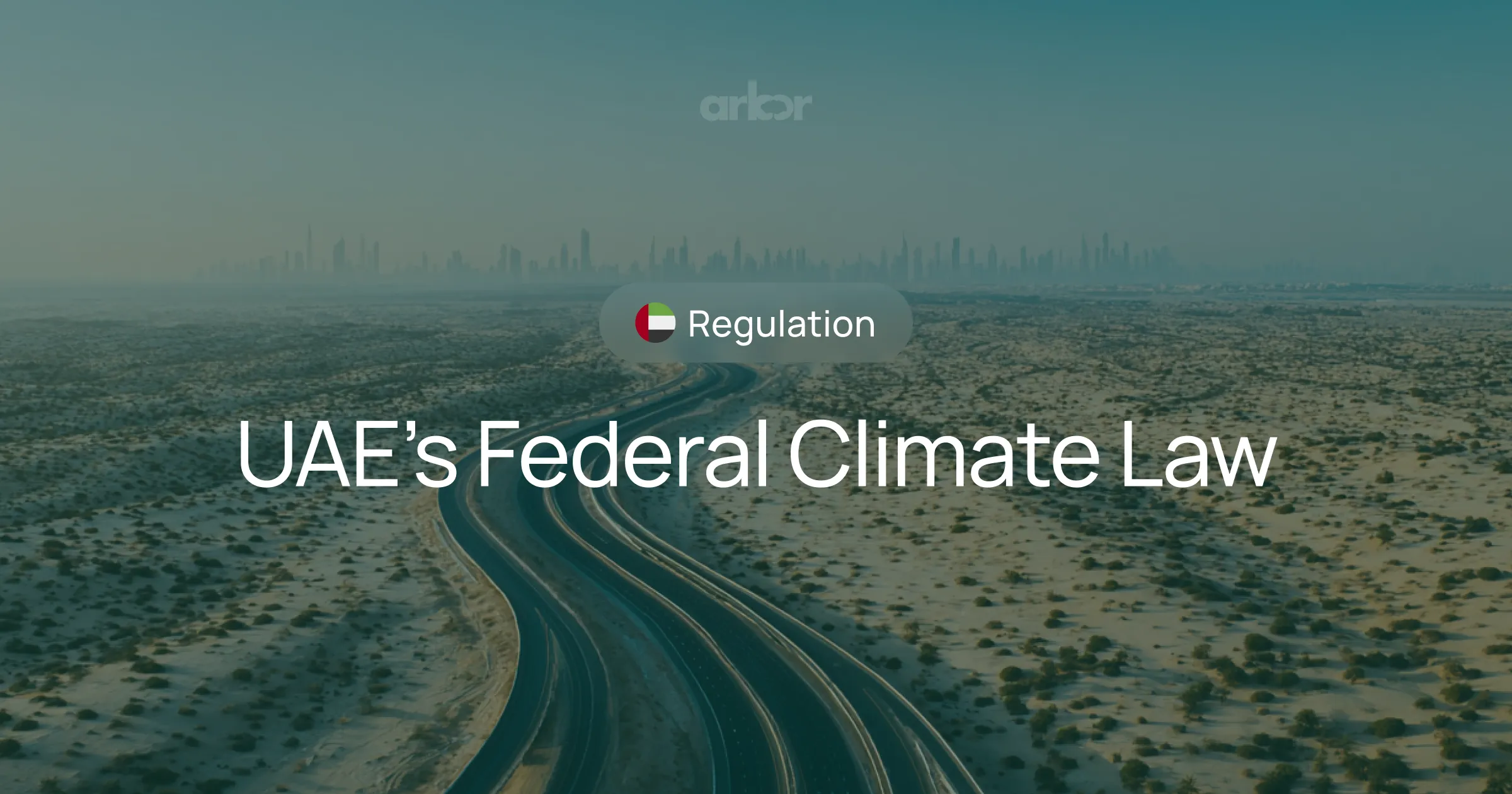









%20Arbor.avif)





%20Arbor.avif)


.avif)
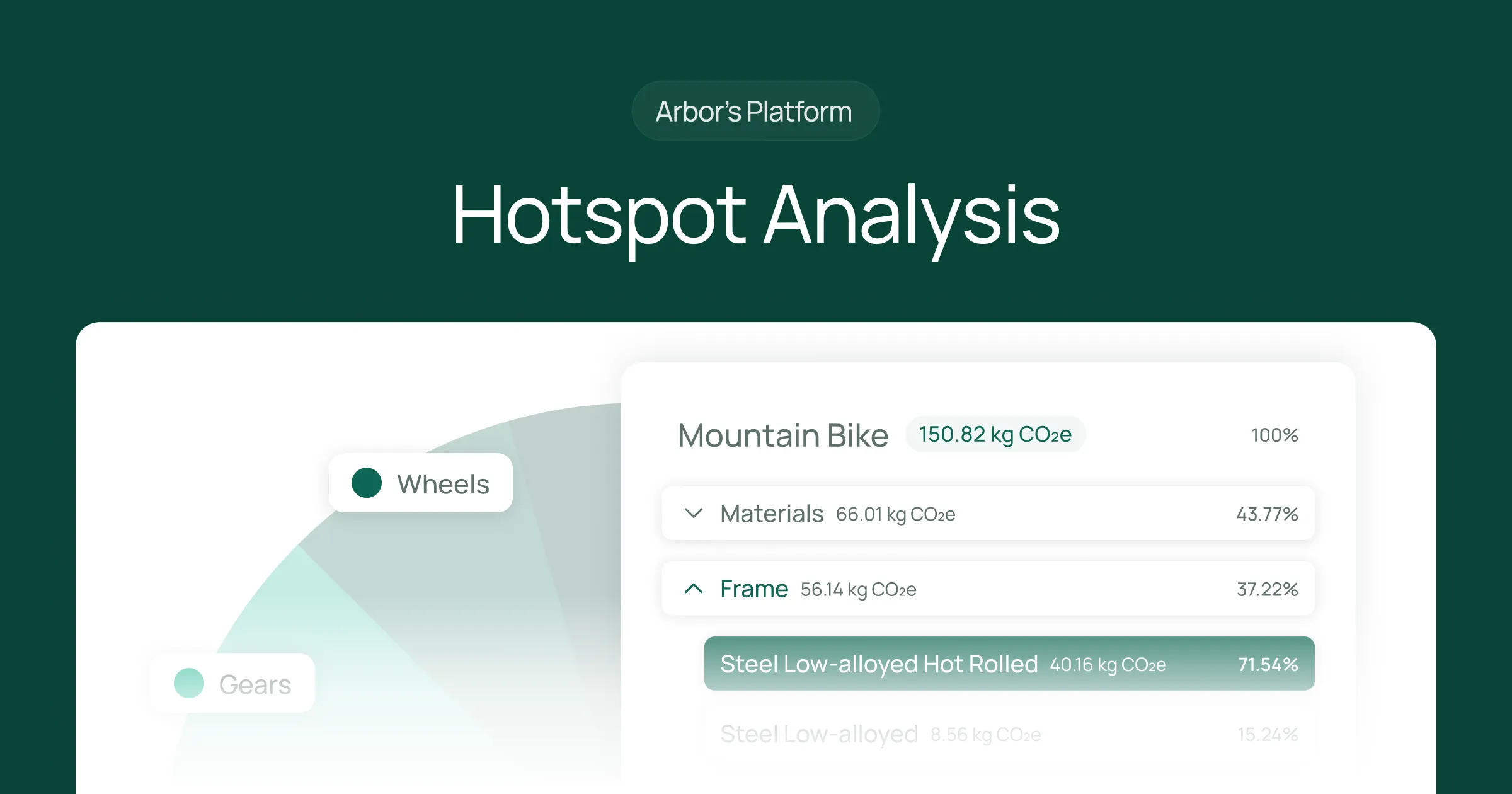


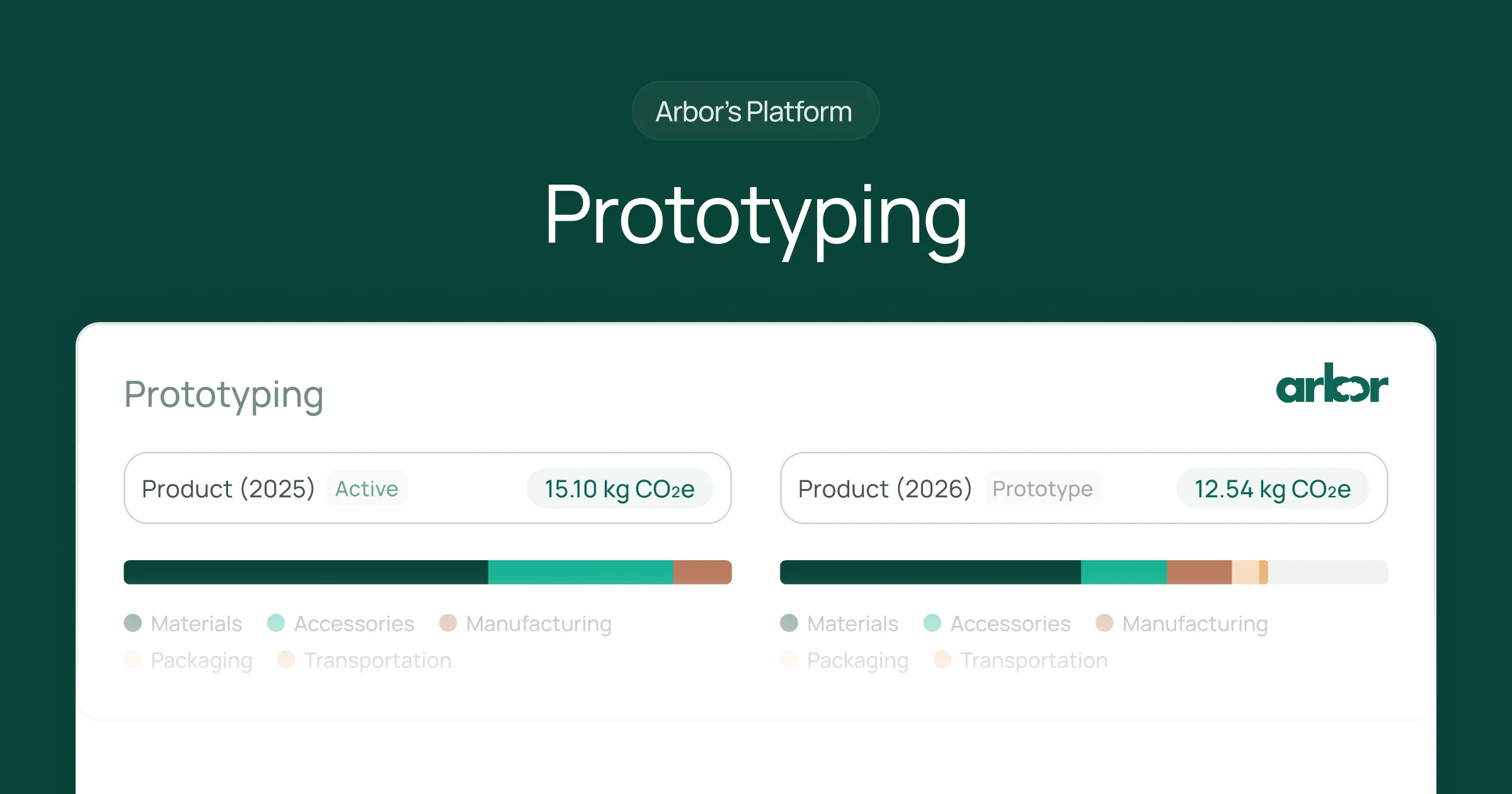


%20Arbor%20Canada.avif)

.avif)
%20Arbor.avif)
.avif)






_.avif)
.avif)
%20Arbor.avif)




%20Software%20and%20Tools.avif)





.avif)
.avif)
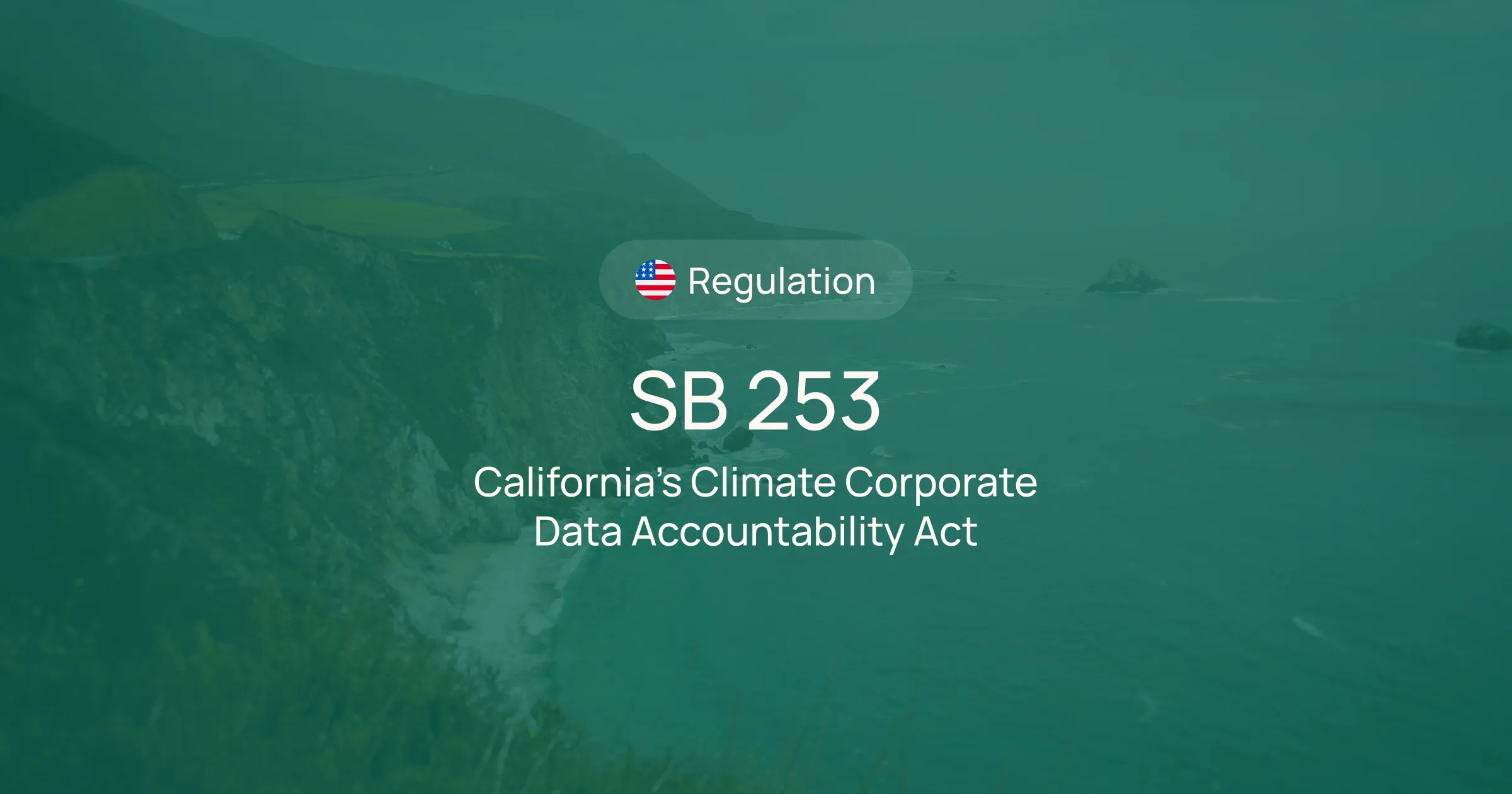



%20EU%20Regulation.avif)












.avif)


%20Arbor.avif)









_%20_%20Carbon%20101.avif)







.avif)

.avif)
.avif)








